What is Ceramic Coating?
Ceramic coating is a protective layer that is applied to the exterior surfaces of a vehicle to provide a high level of protection against various environmental contaminants. This innovative coating is made up of silicon dioxide or titanium dioxide, which chemically bonds with the paint surface of the vehicle.
The main purpose of ceramic coating is to create a protective barrier that shields the paint job from harmful elements such as bird droppings, tree sap, water spots, chemical stains, and road debris. It also offers hydrophobic properties, meaning it repels water and prevents it from leaving marks on the surface.
Applying ceramic coating involves a multi-step process. First, the vehicle’s paint surface needs to be thoroughly cleaned and prepared. Then, the liquid polymer coating is applied by hand or machine and left to cure for a specific period. This curing process creates a permanent bond between the coating and the paint surface, ensuring long-lasting protection.
In this blog, we will delve deeper into the benefits of ceramic coating, its application process, the level of protection it offers, and the importance of proper maintenance. We will also explore different ceramic coating options, packages, and professional installers. So, if you’re looking to enhance the glossy finish of your vehicle, protect against swirl marks, minor scratches, and rock chips, and ensure a deep shine and reflective properties, stay tuned for more information on ceramic coatings.
Benefits of Ceramic Coating
Ceramic coating offers a wide range of benefits, making it a popular choice for car enthusiasts looking to protect their vehicles. One of the key advantages of ceramic coating is its ability to provide long-lasting protection against various harmful substances. It acts as a shield, safeguarding the paint job from water stains, road grime, bird droppings, and other contaminants.
A major benefit of ceramic coating is its hydrophobic properties. By creating a hydrophobic layer on the surface, the coating repels water, preventing it from leaving marks and stains. This not only keeps the vehicle looking clean and pristine but also makes it easier to maintain. A simple rinse is often all that’s needed to keep the surface clean.
In addition to its water-repelling properties, ceramic coating also provides superior protection against UV rays. It acts as a barrier, shielding the paint job from the damaging effects of the sun. This helps to prevent the paint from fading or oxidizing, ensuring that your vehicle maintains its vibrant color for longer.
Furthermore, ceramic coating is highly resistant to chemical stains. It creates a protective barrier that prevents harsh chemicals, such as acid rain or industrial pollutants, from etching into the surface and causing damage.
Lastly, ceramic coating offers a high-gloss finish, enhancing the overall appearance of the vehicle. It provides a deep shine that not only makes the car look visually appealing but also helps to hide minor scratches and imperfections.
In summary, by offering long-lasting protection, a hydrophobic layer, UV protection, resistance to chemical stains, and a high-gloss finish, ceramic coating is an excellent investment for those looking to keep their vehicles in pristine condition.
Components of a Ceramic Coating
A ceramic coating is composed of several key components that work together to provide a high level of protection for a vehicle’s exterior surfaces. One crucial component is silicon dioxide, a primary ingredient in the coating that gives it its strength and durability. Silicon dioxide forms a hard, transparent layer on the surface of the paint, creating a protective barrier against environmental contaminants. This barrier helps to prevent water spots, bird droppings, tree sap, and other acidic contaminants from damaging the paint. Another essential component of a ceramic coating is titanium dioxide, which adds reflective properties to the coating, giving the vehicle a glossy finish. This component also helps to protect the paint from UV rays, preventing fading and oxidation. Additionally, ceramic coatings feature a liquid polymer that chemically bonds with the paint surface, creating a permanent bond that is resistant to road debris, rock chips, and swirl marks. Overall, the combination of these components in a ceramic coating provides a superior level of protection and a long-lasting, deep shine for your vehicle’s paint job. Finde die perfekte iPhone 16 Pro Hülle für deinen Stil und schütze dein Gerät mit einer eleganten handyhülle iphone 16 pro, that offers both functionality and personal expression. Discover the allure of luxury with our premium replica watches at replicawatchesshop. Experience style and sophistication without breaking the bank, and enjoy fast shipping across the US. handyhüllen offer both individual designs and premium protection, catering to diverse consumer groups seeking style and durability for their devices, ensuring their smartphones remain safe and fashionable.
Silicon Dioxide
Silicon Dioxide plays a crucial role in ceramic coatings, especially when it comes to their exceptional protective properties. One of the key features of ceramic coatings is their hydrophobic nature, which is largely attributed to the presence of Silicon Dioxide.
The hydrophobic properties of Silicon Dioxide enable the ceramic coating to repel water effectively. This means that water spots are less likely to form on the coated surface, as water simply beads up and rolls off. Additionally, bird droppings and chemical stains are less likely to adhere to the surface due to the protective layer of Silicon Dioxide.
Furthermore, Silicon Dioxide contributes to the creation of a glossy finish, adding a level of depth and shine to the paint surface. This is highly desirable for automotive enthusiasts who seek a showroom-like appearance for their vehicles.
Another advantage of Silicon Dioxide is its ability to chemically bond with the paint surface, creating a permanent bond that provides long-lasting protection. This bonding process ensures that the protective layer formed by the ceramic coating is highly durable and resistant to road debris, such as rock chips and brake dust. At Our store, we specialize in high-Quality replica watches that combine Premium craftsmanship with Affordable Luxury. Our collection of replica watches USA ensures that you can enjoy the elegance of Luxury timepieces without breaking the bank. Discover the allure of fake watches that elevate your style effortlessly.
In summary, Silicon Dioxide is a critical component in ceramic coatings as it enhances their hydrophobic properties and provides protection against water spots, bird droppings, and chemical stains. It also contributes to the creation of a glossy finish and ensures a permanent bond with coated surfaces, offering a high level of protection for the paint job.
Titanium Dioxide
Titanium Dioxide is another key component found in ceramic coatings and plays a crucial role in enhancing its protective properties. One of the main benefits of Titanium Dioxide is its ability to block harmful UV rays from the sun. This is especially important for vehicles as prolonged exposure to UV rays can cause paint fading and damage to the exterior.
In addition to its UV blocking capabilities, Titanium Dioxide also helps to prevent oxidation, corrosion, and rust on the vehicle’s exterior. These issues can arise due to the constant exposure to environmental elements such as moisture, salt, and pollutants. With the presence of Titanium Dioxide in the ceramic coating, a protective barrier is formed that acts as a shield against these damaging factors.
Furthermore, Titanium Dioxide contributes to the overall durability and longevity of the ceramic coating. Its high resistance to chemicals and harsh conditions ensures that the coating remains intact and provides long-lasting protection.
Overall, Titanium Dioxide is an essential component in ceramic coatings, offering a wide range of benefits for the vehicle’s exterior. From blocking UV rays to preventing oxidation and corrosion, it plays a vital role in maintaining the appearance and condition of the vehicle.
Liquid Polymer
Liquid polymer is a crucial component in ceramic coatings, playing a vital role in providing a protective layer on the exterior surfaces of vehicles. This innovative substance is designed to chemically bond with the paint surface, forming a durable and long-lasting barrier against a wide range of contaminants.
When applied, the liquid polymer undergoes a curing process and transforms into a solid protective layer. This layer acts as a shield, safeguarding the vehicle’s paint from environmental elements such as UV rays, dirt, dust, and chemical stains. It creates a barrier that prevents these contaminants from directly coming into contact with the paint surface, reducing the risk of damage and preserving the vehicle’s appearance.
The chemical bonding properties of the liquid polymer ensure that the protective layer adheres firmly to the paint surface, making it resistant to various challenges faced on the road. This bond helps to maintain the durability of the coating, ensuring it remains intact even during harsh conditions like extreme weather, road debris, and minor scratches.
With the application of a ceramic coating containing liquid polymer, vehicles benefit from a long-lasting protective barrier that not only enhances their appearance but also simplifies maintenance. This durable solution provides peace of mind for drivers, allowing them to enjoy a cleaner and more pristine vehicle for an extended period.
Types of Ceramic Coatings
There are different types of ceramic coatings available in the market, each offering unique features and benefits. These coatings are designed to provide a layer of protection and enhance the appearance of various surfaces. Ceramic coatings come in different formulations and can be applied to different materials, including vehicles, household items, and even electronic devices. Some of the popular types of ceramic coatings include Nano-ceramic coatings, graphene coatings, and high-quality ceramic coatings. Nano-ceramic coatings use advanced nanotechnology to create a thin yet durable protective layer that offers excellent water-repellent and hydrophobic properties. Graphene coatings, on the other hand, utilize graphene-infused polymers to provide superior heat resistance and UV protection. High-quality ceramic coatings are known for their long-lasting performance and ability to resist scratches, stains, and fading. These coatings are often applied by professionals, ensuring precise application and a flawless finish. With a wide variety of ceramic coating options available, it is important to choose the right one that suits your specific needs and provides the level of protection and shine you desire.
DIY Ceramic Coatings
DIY ceramic coatings have emerged as an affordable option for car owners seeking a layer of protection for their vehicles. These consumer-grade coatings are specially formulated chemical blends that offer simplicity and value, with durability and longevity directly related to the hardness grade of the ceramic product.
Applying a DIY ceramic coating is similar to waxing or applying sealants, making it a relatively easy process to do at home. Compared to professional-grade coatings and installation, DIY kits can provide significant cost savings.
However, it is important to note some common complaints about DIY ceramic coatings. Vague instructions can make the application process confusing, leading to improper installation and reduced effectiveness. Additionally, the advertised lifespan of these coatings may not always be met, leaving the car’s exterior vulnerable to water spots, bird droppings, tree sap, chemical stains, and other contaminants.
Furthermore, DIY ceramic coatings can be sensitive to contact washing or the use of strong retail soaps, potentially causing damage to the paint surface. Therefore, proper preparation and application techniques are crucial to ensure optimal results.
In summary, DIY ceramic coatings offer an affordable solution for car owners looking to enhance the protection of their vehicles. However, it is important to carefully follow instructions, choose the appropriate hardness grade, and understand the limitations of these consumer-grade coatings to achieve the best possible outcome.
Professional Grade Coatings Like STEK Quartz
When it comes to protecting your vehicle with a long-lasting and resilient coating, professional-grade ceramic coatings are a step above the rest. These coatings provide a level of durability and performance that surpasses DIY options, making them the preferred choice for those who want the ultimate layer of protection for their vehicles.
One such professional-grade coating is STEK Quartz. This advanced ceramic coating offers a multitude of features and benefits that set it apart from others on the market. It is specifically designed to withstand the rigors of day-to-day use, providing exceptional durability and longevity. Additionally, STEK Quartz is typically warrantied for a significantly longer period, giving car owners peace of mind knowing that their investment is protected for years to come.
To ensure the proper application and performance of professional coatings like STEK Quartz, a certification process is required. This ensures that only skilled and knowledgeable individuals have access to these high-quality products. It also highlights the importance of proper paint preparation and application techniques, which are crucial to achieving optimal results.
When it comes to professional installation of ceramic coatings, Studio Finish in Rosedale, Auckland is a trusted name. They specialize in applying coatings like STEK Quartz and have the expertise to ensure a flawless and long-lasting finish for your vehicle. By entrusting your car to professionals like Studio Finish, you can rest assured that your vehicle will receive the highest level of care and protection.
In summary, professional-grade coatings like STEK Quartz offer unparalleled durability and performance. With a certification process in place and proper paint preparation and application techniques, these coatings deliver on their promises. For the ultimate protection and peace of mind, trust professionals like Studio Finish in Rosedale, Auckland to apply a high-quality ceramic coating to your prized vehicle.
Applying a Ceramic Coating to Your Vehicle
Ceramic coating is a protective layer of protection for your vehicle that offers a wide variety of benefits. Before applying the ceramic coating, it is essential to properly prep the surface to ensure a clean and smooth foundation. This process typically involves thoroughly washing and decontaminating the vehicle to remove any dirt, grime, or chemical stains. Additionally, wet sanding may be necessary to remove any existing imperfections or swirl marks on the paint surface. Once the surface is prepped, the ceramic coating can be applied.
The application process usually involves evenly spreading the liquid polymer onto the surface using an applicator pad or a microfiber cloth. The ceramic coating chemically bonds with the paint, forming a permanent bond that provides long-lasting protection. Once applied, the coating cures and hardens, creating a protective layer that shields the paint from a wide range of contaminants such as water spots, bird droppings, tree sap, and road debris.
One of the key benefits of a ceramic coating is its hydrophobic properties, which allow water to bead up and roll off the surface. This not only makes the vehicle easier to clean but also helps prevent water spots and damage from acidic contaminants. Additionally, a ceramic coating provides a deep shine and glossy finish, enhancing the overall appearance of the vehicle.
To maintain the ceramic coating’s effectiveness, proper maintenance is crucial. This includes regular washing, using pH-neutral car wash products, and avoiding abrasive cleaners or techniques that may damage the coating. With the right care, a properly applied ceramic coating can provide years of protection for your vehicle’s exterior surfaces.
Prepping the Vehicle’s Exterior Surfaces
Before applying a ceramic coating, it is crucial to properly prep the vehicle’s exterior surfaces. This step is essential to ensure the coating adheres correctly and provides the desired level of protection. Prepping the surface involves a series of steps to remove any impurities, contaminants, or imperfections that may hinder the coating’s effectiveness. First, the vehicle should be washed thoroughly to remove dirt, road grime, and dust. This helps create a clean surface for the coating to bond with. Next, decontamination is performed to eliminate any pollutants such as tar, tree sap, or brake dust that can be difficult to remove with regular washing. A clay bar is often used to gently lift these contaminants from the paint surface. Additionally, any swirl marks or minor scratches should be addressed through paint correction techniques like wet sanding or polishing. This step helps achieve a smooth and flawless finish. By properly prepping the vehicle’s exterior surfaces, the ceramic coating can better chemically bond with the paint surface, providing long-lasting protection and a stunning, glossy finish.
Cleaning the paint work
Cleaning the paintwork on a vehicle’s exterior surfaces is an essential step before applying a ceramic coating. Properly cleaning the surface ensures that any surface contamination, dirt, or debris is thoroughly removed, allowing the ceramic coating to adhere properly and create a strong bond to the paintwork.
To clean the paintwork effectively, follow these steps:
1. Start by rinsing the entire vehicle with water to remove loose dirt and debris. This helps prevent scratching during the cleaning process.
2. Use a gentle, pH-neutral automotive shampoo and a wash mitt to gently wash the paintwork. Work in small sections, rinsing the mitt frequently to avoid reintroducing dirt.
3. Pay special attention to areas that are prone to collecting dirt and grime, such as the lower panels and wheel wells. Use a soft brush or detailing sponge to agitate these areas gently.
4. After thoroughly rinsing the vehicle, consider using a surface preparation product or paint cleaner to remove any invisible surface contaminants. These contaminants may include rail dust, industrial fallout, or pollution particles that have bonded to the paint surface over time.
Properly cleaning the paintwork before applying a ceramic coating not only ensures a clean surface but also allows for better results during subsequent paint correction or clay baring steps. By removing all surface grease and grime, the ceramic coating can form a strong and durable bond to the paintwork, providing long-lasting protection and enhancing the overall appearance of the vehicle.
Remove Surface Contamination
Before applying ceramic coating to your vehicle, it is crucial to thoroughly remove any surface contamination. This will ensure that the coating can properly bond to the paintwork, providing a long-lasting layer of protection.
To start, you can use an iron filings and contaminants cleaner. This specialized product contains chemicals that react with iron deposits, causing them to loosen and dissolve from the surface. Simply spray the cleaner onto the affected areas and allow it to dwell for a few minutes. Then, rinse it off thoroughly with water.
Next, you can use a clay bar or clay mitt to gently scrape away any remaining contaminants. These clay products are designed to lift embedded particles, dirt, and grime from the paint surface. To use them, spray a lubricant such as a quick detailer or water onto the area to be treated. Then, glide the clay bar or mitt across the surface with light pressure. This will pull out the contaminants, leaving behind a smooth and clean paint finish.
By removing surface contamination before applying ceramic coating, you ensure that the coating can bond effectively to the paintwork. This not only enhances the durability and longevity of the coating but also helps to maintain the glossy finish and level of protection it provides. Take the time to properly prepare your vehicle’s exterior surfaces before applying ceramic coating for the best results.
Preform a Paint correction as necessary
Performing a paint correction before applying a ceramic coating is crucial to achieve the best results and ensure long-lasting protection for your vehicle. A paint correction involves removing surface imperfections such as swirl marks, minor scratches, and chemical stains.
Swirl marks are often caused by improper washing techniques, while minor scratches can occur from everyday wear and tear. Chemical stains, on the other hand, are often caused by exposure to acidic contaminants.
To correct these imperfections, a paint correction process may be necessary. This typically involves several steps, including lightly sanding the affected area, filling in any paint chips or gaps, using a cutting compound to remove deeper scratches, and finally applying a polish to restore a smooth and glossy finish.
By performing a paint correction, you ensure that the surface is free from any imperfections and ready to receive the ceramic coating. This allows the coating to adhere properly and bond with the paint surface, providing a strong and durable layer of protection.
In conclusion, a paint correction is an essential step before applying a ceramic coating. It helps to remove surface imperfections, ensuring a smooth and flawless paint surface for the coating to adhere to. This results in a high-quality finish and long-lasting protection for your vehicle.
Applying your chosen Ceramic coating
Applying your chosen ceramic coating involves a step-by-step process to ensure a proper and effective application. Before you begin, it is recommended to use a waterless wash on the panel you will be working on. This can include using IPA (Isopropyl Alcohol) or Prep sol to clean the paint surface and remove any surface contaminants.
Once the panel is prepped and clean, it’s time to apply the ceramic coating. Start by using the provided applicator cloth or sponge from the ceramic coating kit. Apply a small amount of the coating onto the applicator cloth or sponge, ensuring an even distribution.
Next, work the ceramic coating onto the surface in a systematic manner, applying light pressure. Ensure that you switch the cloth regularly to avoid any cross-contamination. This will help to provide an even layer of protection.
Allow the ceramic coating compound to set for the recommended time indicated in the instructions. This usually ranges from a few minutes to around 10-15 minutes, but can be longer or shorter depending on your chosen Ceramic. Once the compound has had a chance to flash off, it’s time to buff the remainder off of the paint surface.
Using a clean microfiber cloth, gently buff off any remaining residue or excess coating. Be careful not to apply too much pressure or create any swirl marks. The result should be a glossy finish, providing a protective layer that chemically bonds to the paint surface.
Remember that proper surface preparation, including cleaning the paint and removing any surface contaminants, is crucial for optimal results when applying ceramic coating. Following the instructions provided with your chosen ceramic coating product will ensure a successful application and long-lasting protection for your vehicle’s exterior surfaces.

Contact the Professionals
When it comes to ceramic coating, it is essential to consider the option of contacting the professionals for expert service and high-quality results. While DIY kits are available for those who prefer a more hands-on approach, professional ceramic coating offers several advantages.
Studio Finish is a trusted provider of ceramic coating solutions. They offer both consumer-grade DIY kits and professional ceramic coating as a service. By opting for the professionals, you can ensure that your vehicle receives the best possible treatment using professional-grade ceramics.
To contact Studio Finish and inquire about their professional ceramic coating services, you can reach them at 0800 227 9727 or via email at Sales@Studiofinish.co.nz. Alternatively, you can visit their location at 34D Constellation Drive, Rosedale, Auckland 0632.
By entrusting your vehicle to the experts at Studio Finish, you can have peace of mind knowing that your car will receive the highest level of protection and a flawless finish. Don’t compromise on the quality of your ceramic coating – contact the professionals for an exceptional result.

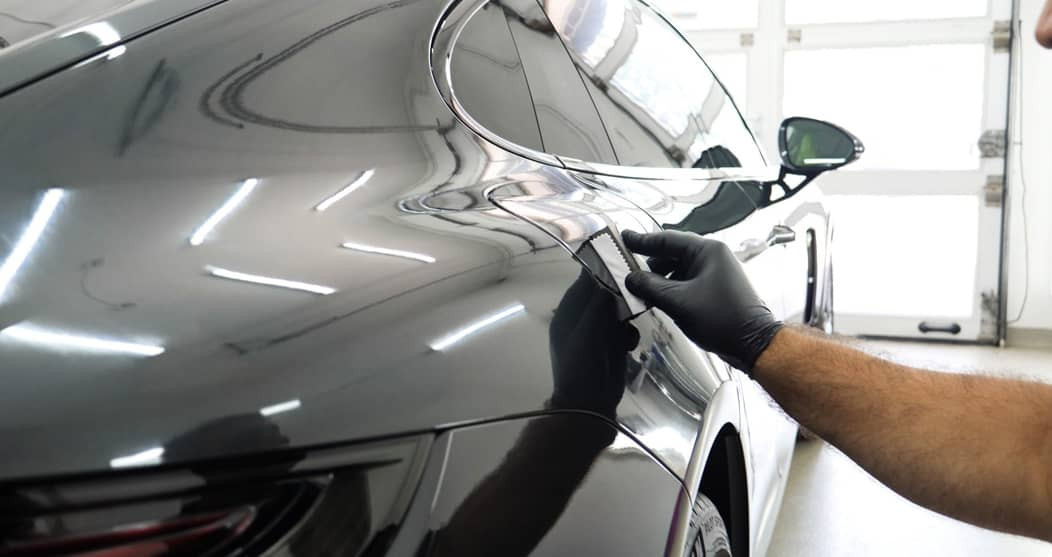
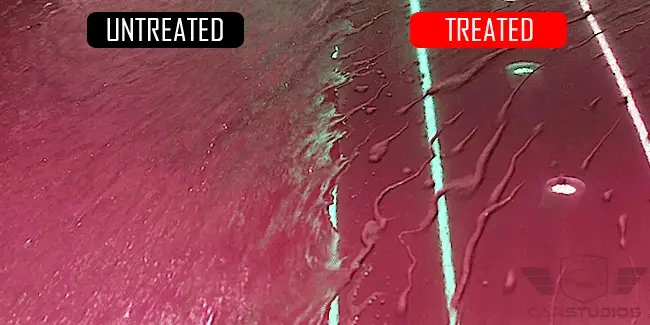
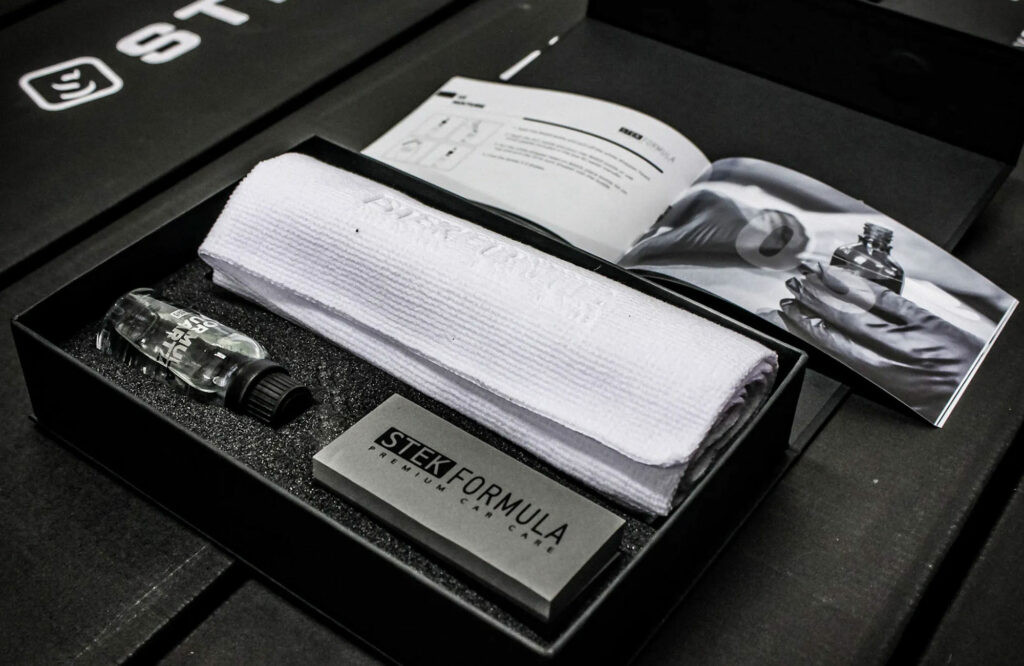
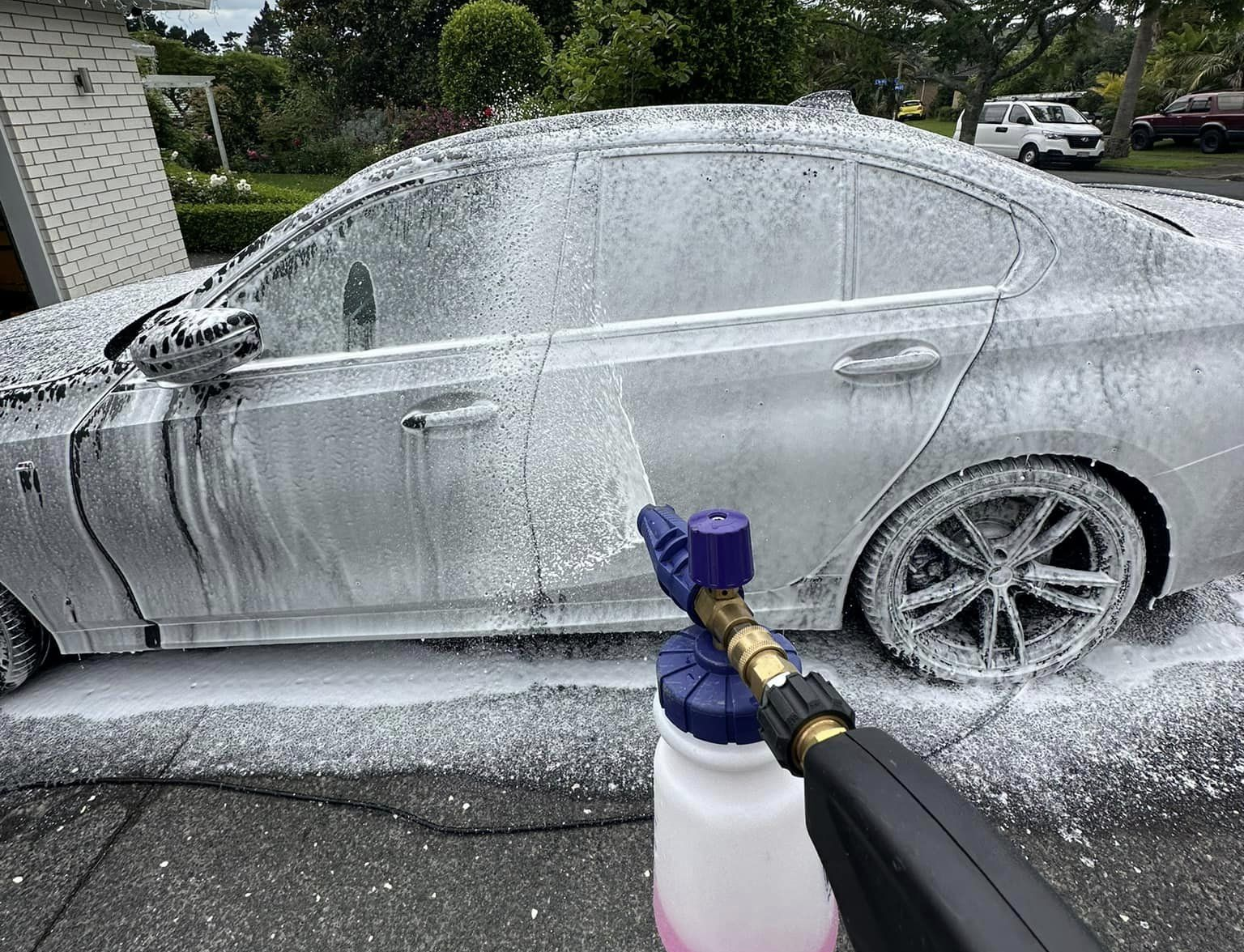
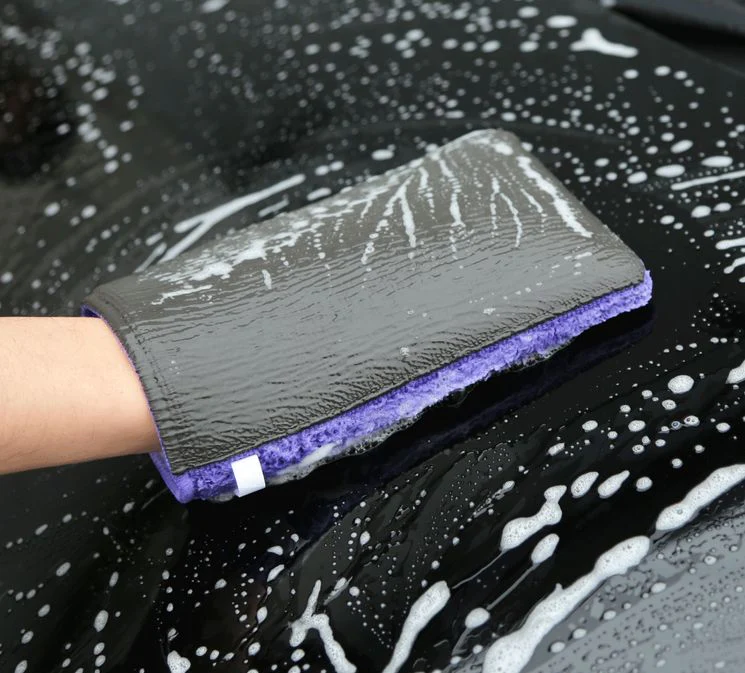
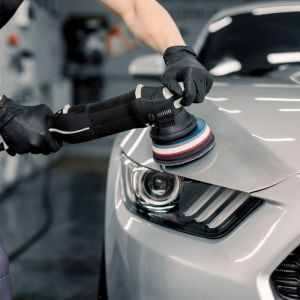
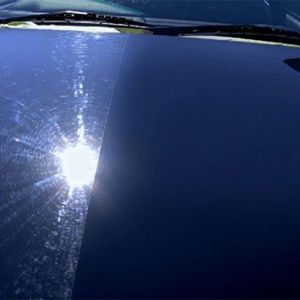

Recent Comments